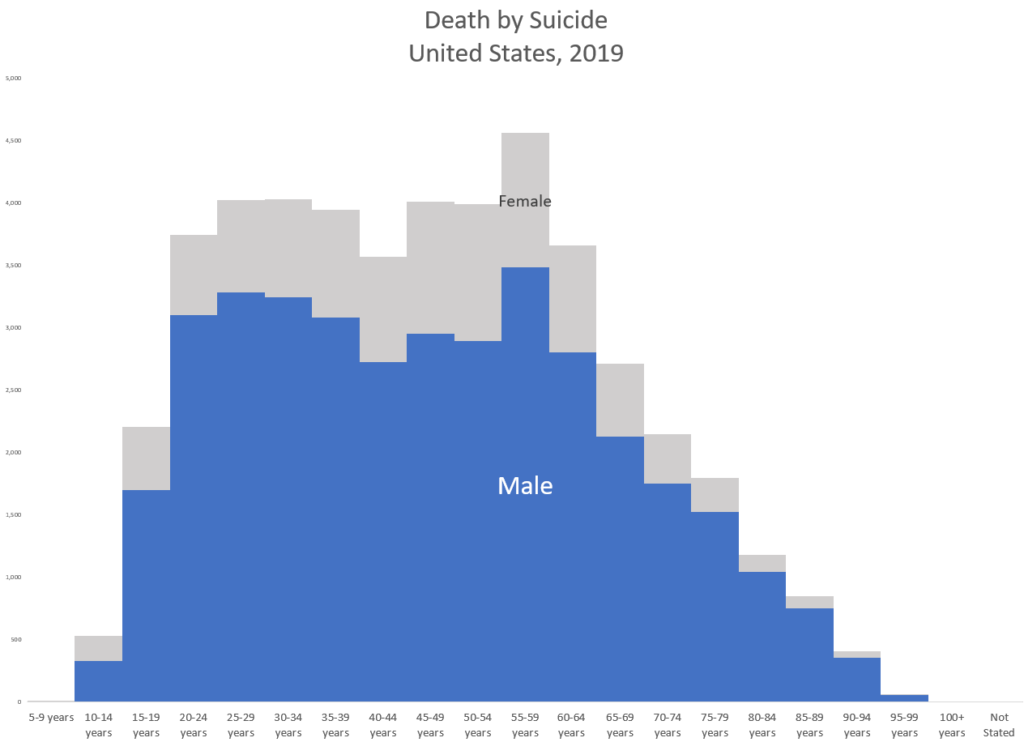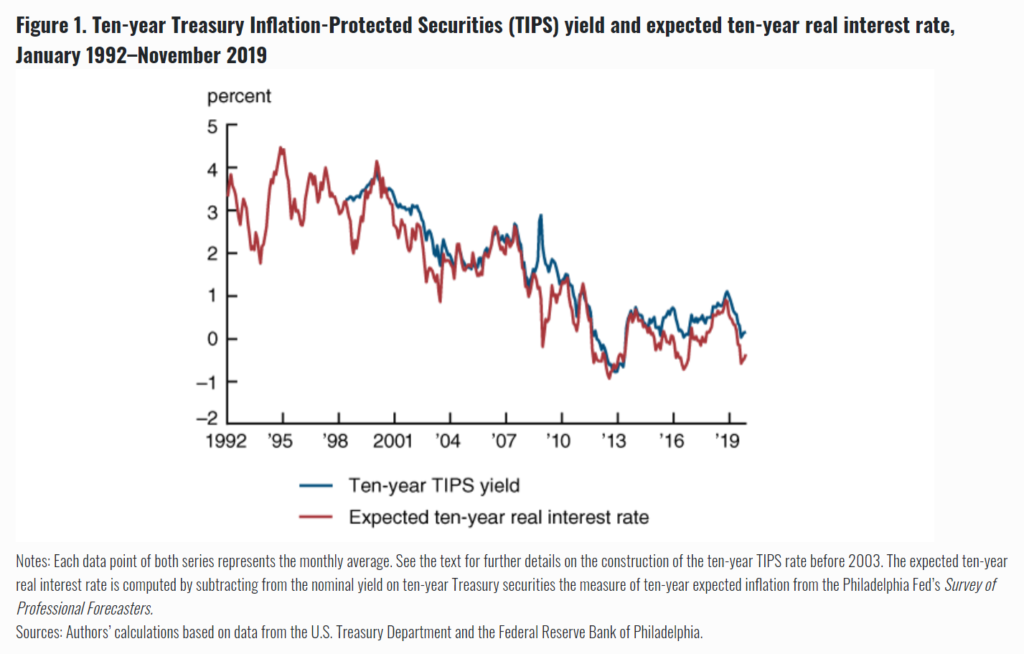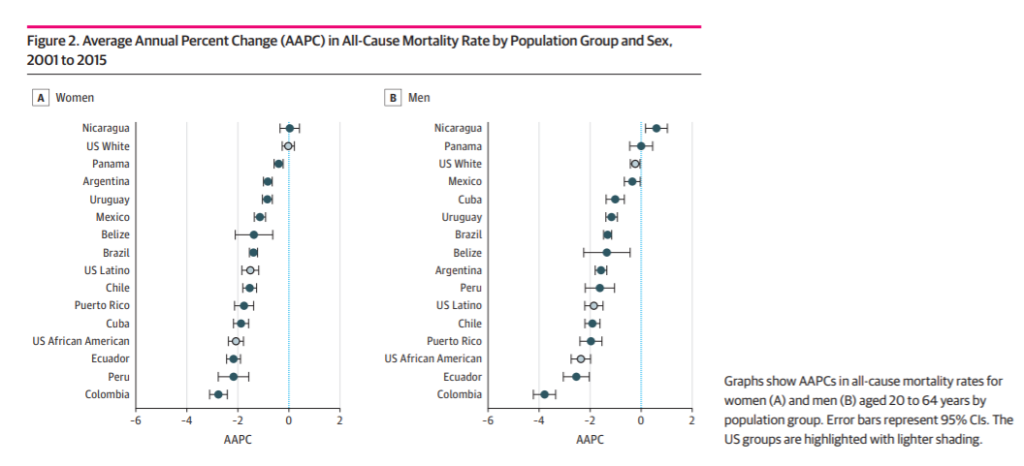Link: https://www.foxnews.com/health/us-suicides-dropped-amid-coronavirus-defying-pandemic-expectations
Excerpt:
The number of U.S. suicides fell nearly 6% last year amid the coronavirus pandemic — the largest annual decline in at least four decades, according to preliminary government data.
Death certificates are still coming in and the count could rise. But officials expect a substantial decline will endure, despite worries that COVID-19 could lead to more suicides.
….
U.S. suicides steadily rose from the early 2000s until 2018, when the national suicide rate hit its highest level since 1941. The rate finally fell slightly in 2019. Experts credited increased mental health screenings and other suicide prevention efforts.
The number fell further last year, to below 45,000, the Centers for Disease Control and Prevention said in a recent report. It was the lowest number of U.S. suicide deaths since 2015.
Author(s): Associated Press
Publication Date: 9 April 2021
Publication Site: Fox News






